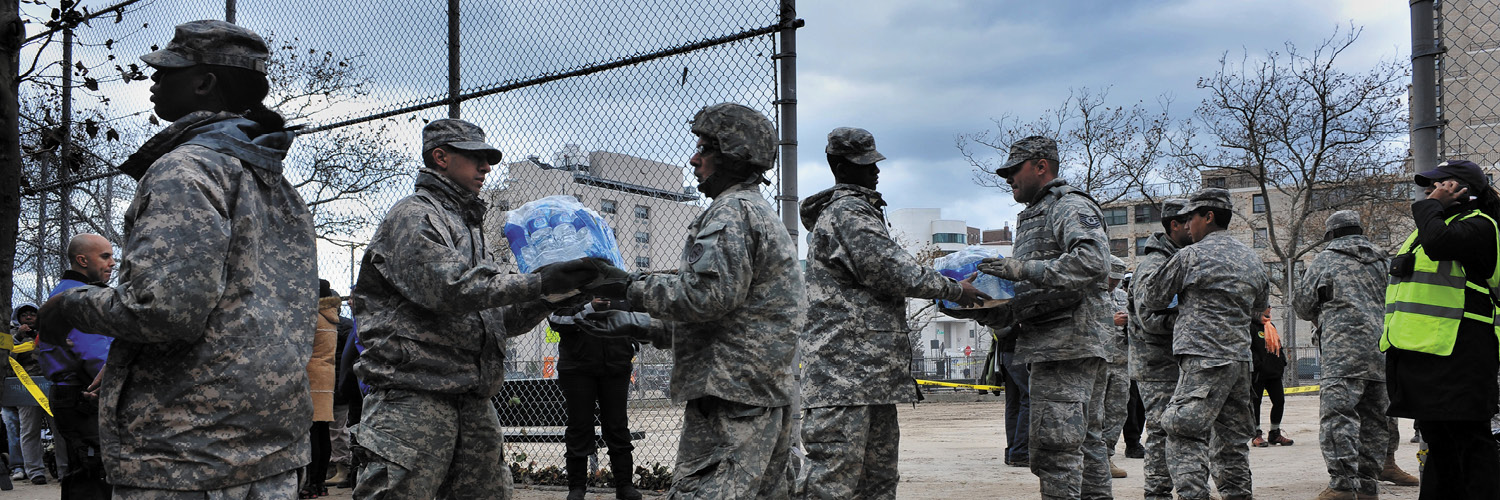
Climate Change is Making Armed Conflict Worse

If you’ve read the work of brave journalists in Mariupol this week, you know that the people of that city are trying to survive not just shelling by Russian forces. They are also trying to survive without water.
This is, unfortunately, a recurrent feature of war.
We witnessed it in Syria in 2016, for instance, when the residents of Aleppo, the northern city besieged by government forces, were deprived of running water. We saw it again the following year, when residents of the capital, Damascus, had their taps run dry as both sides in the war accused each other of damaging water infrastructure.
In 2018, clashes between rival groups destroyed water tanks at a hospital near the city of Hodeidah, in Yemen. In 2019, Al Shabab, an extremist group, blew up a water tank in Somalia.
These are documented in a logbook of human cruelty, published this week by an Oakland-based research group called the Pacific Institute. It’s called the Water Conflict Chronology, and it enumerates episodes throughout human history where access to water has triggered unrest or become a weapon of war. Sometimes water resources become what the report calls a “casualty” of conflict: Tankers are blown up, wells are poisoned.
Climate change can intensify the risks. A hotter planet often makes dry places drier and hotter, supercharging competition over an already-scarce resource. How much of a role climate change plays in each conflict is hard to know, and, most certainly, poor management and rising demand for water play a role equally if not more important.
But, said Peter Gleick, president emeritus of the Pacific Institute, who has studied water conflicts for decades, “climate change is unambiguously worsening the very conditions that contribute to water conflicts: drought, scarcity and inequities.”
Water conflicts have gone up sharply in the last 20 years, the study found. My colleagues have written about many of them. Farmers and herders have clashed in parts of Africa over access to water, conflicts all the more acute in a region that has suffered from abnormally bad droughts. Antigovernment protests have erupted in Iran over scarce water. Water-sharing has riven several former Soviet states of Central Asia that straddle the Amu Darya River.
Since 2000, Gleick pointed out, a fourth of the conflicts triggered by access to water have been in three water-scarce areas pummeled by global warming: the Middle East, South Asia and sub-Saharan Africa.
Separately, the United Nations University estimated that 19 countries in Africa with a total population of 500 million people face water insecurity. At the top of that list are three countries that are no strangers to conflict: Chad, Niger and Somalia. Most nations on the continent face higher levels of risk to extreme weather events, that study adds, as climate change makes them more frequent and more severe, outpacing the countries’ ability to adapt.
In wealthy countries, few places are feeling the impacts of climate change on the water supply as acutely as Gleick’s home state of California.
The long-running drought affecting the Western United States is likely to go on through this spring, the National Oceanic and Atmospheric Administration said Thursday. As my colleague Maggie Astor reported, most of California is returning to “severe” or “extreme” drought after a brief respite over the winter. In Central California, the fruit and nut basket of the country, the three-year precipitation total is “likely to be the lowest since modern record-keeping began in 1922,” Maggie reported.
